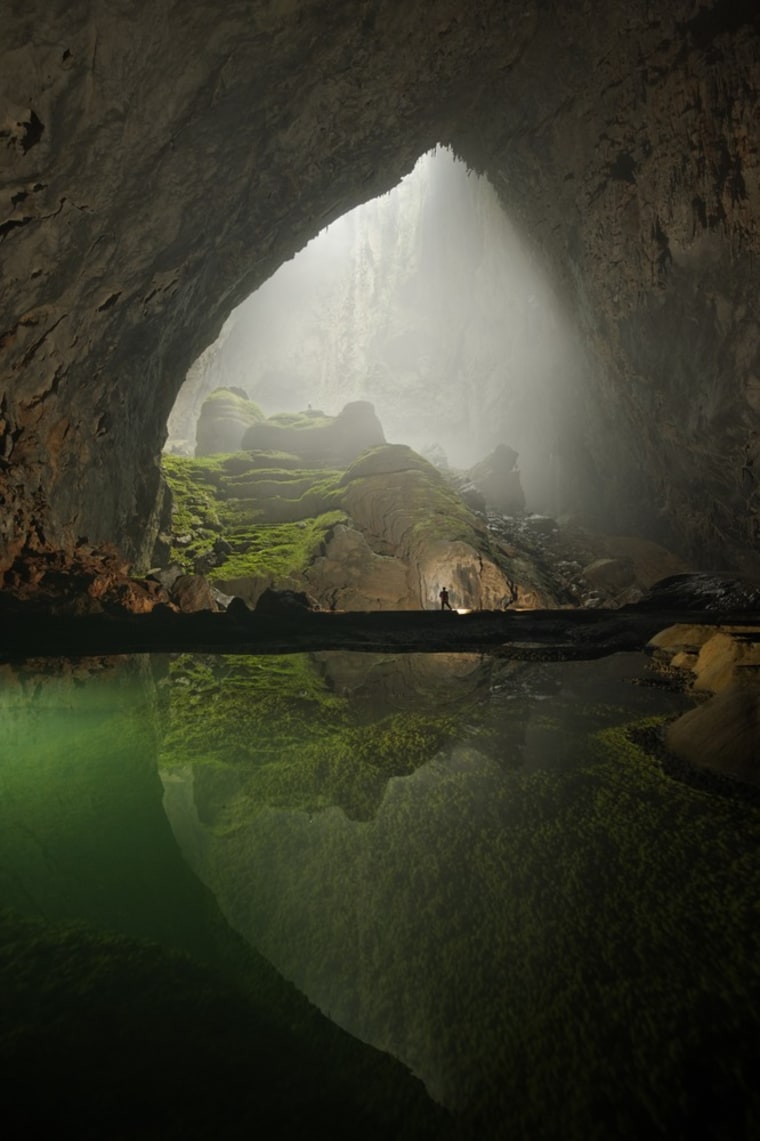“The first time I saw the otherworldly environment — the orange and red cave walls, the massive angled crystals glinting in our headlamps — I hugged a crystal,” says Penny Boston, professor of earth and environmental sciences at New Mexico Tech. “And I cried.”
Never mind that this spot, Mexico’s Cave of the Crystals, had 120-degree temperatures and 90 percent humidity; humans have endured far worse to explore the secret world of caves. Of course, caves have long held a strong allure: as shelter and food storage, as canvas for depicting animal and human forms, even as homes and temples. They always carry an aura of mystery, which makes visiting the world’s coolest caves a unique adventure.
The mystery is especially strong when the caves are underwater. “You’re floating through crystal-clear water in passageways with beams of sunlight reflecting blue light on stalactites and stalagmites,” says Sharon Schierling of South Bend, Ind., recalling her scuba trip to the Dos Ojos cenote, a limestone sinkhole in Yucatán, Mexico. “You’re in a magical wonderland.”
There are still more wonderlands waiting to be uncovered. The U.S. alone has 55,500-plus caves with more than 1,000 new ones discovered each year, according to the National Speleological Society.
It wasn’t until 2009 that professional cavers explored the world’s largest cave passage, which stretches for two-and-a-half miles beneath tropical rainforest in Vietnam and reaches more than 600 feet high. In places where the ceiling collapsed, sunlight streams into the cave, nurturing a one-of-a-kind ecosystem of plants, fish and insects.
Luckily for us amateurs, the world’s full of accessible stunning grottoes and painted caverns. The Paleolithic artists who drew mammoths and horses on cave walls in southwestern France often had to crawl on their bellies through low passages, but modern-day visitors can arrive in style: an electric train makes the half-mile trip into the hillside.
It’s even easier to get to Ainsworth Hot Springs Resort in British Columbia, a rare example of hot springs located within a cave. “I tend to lead a high-pressure, intense life, so this is a great place to relax,” says guest Peri Frantz of Los Gatos, Calif.
So you don’t have to be a thrill-seeker to be drawn in by the mysterious allure of caves. And no matter how many you visit, you’ll quickly see that no two are alike.
